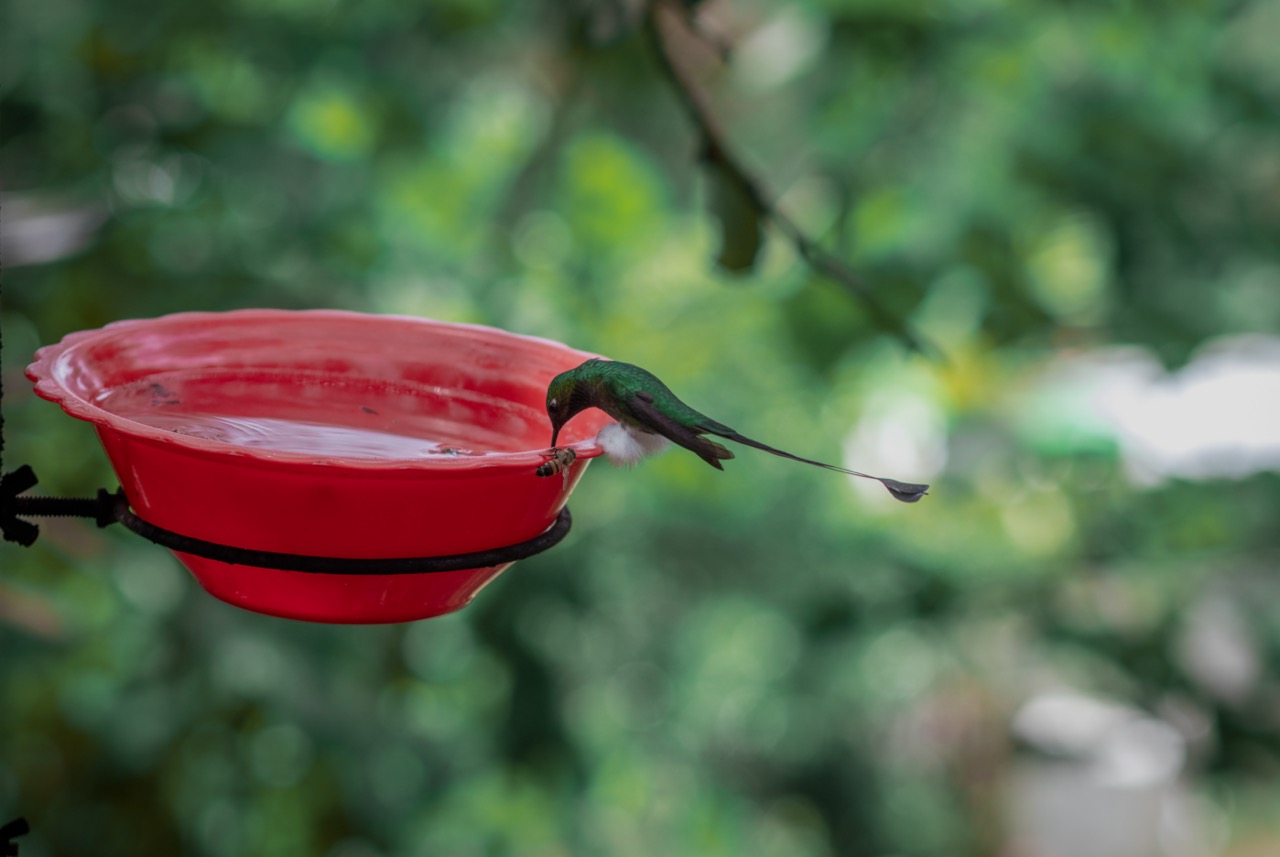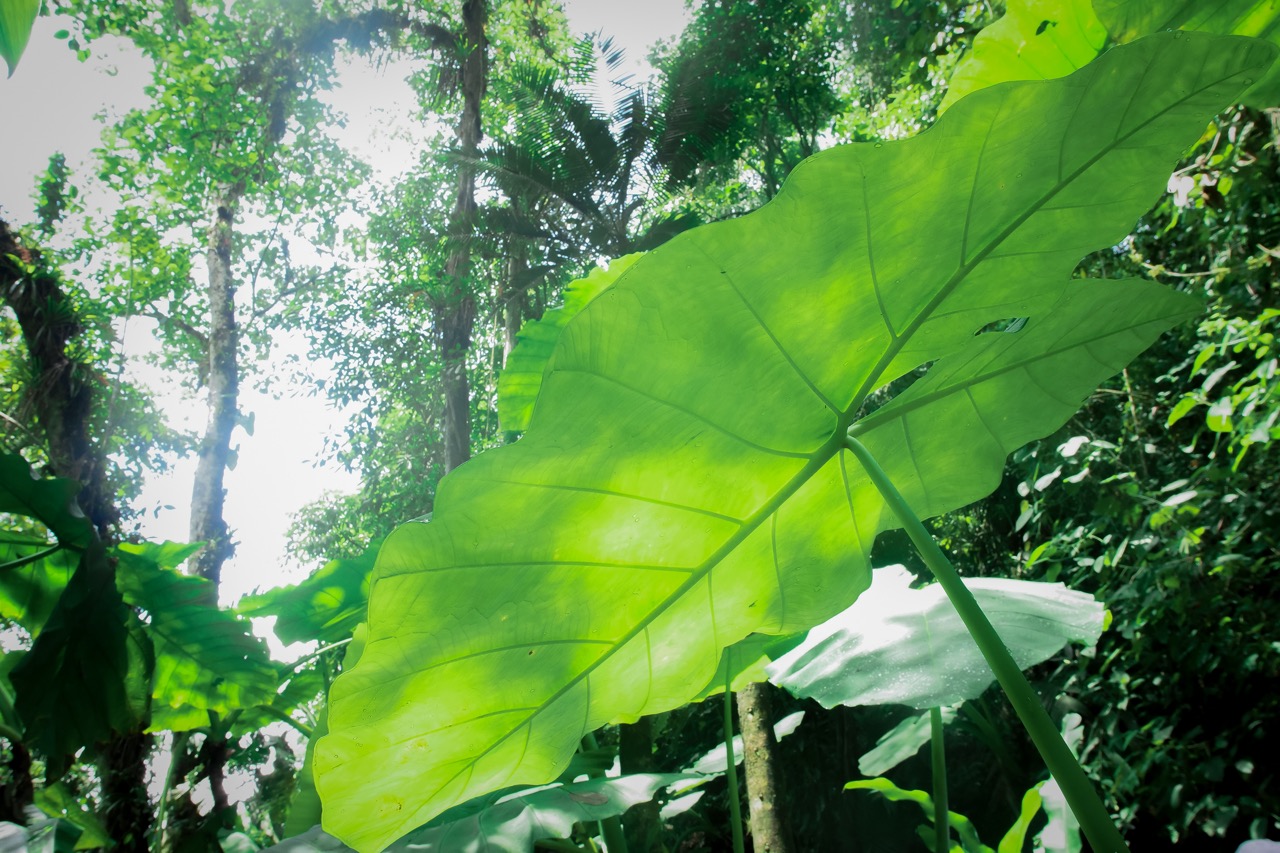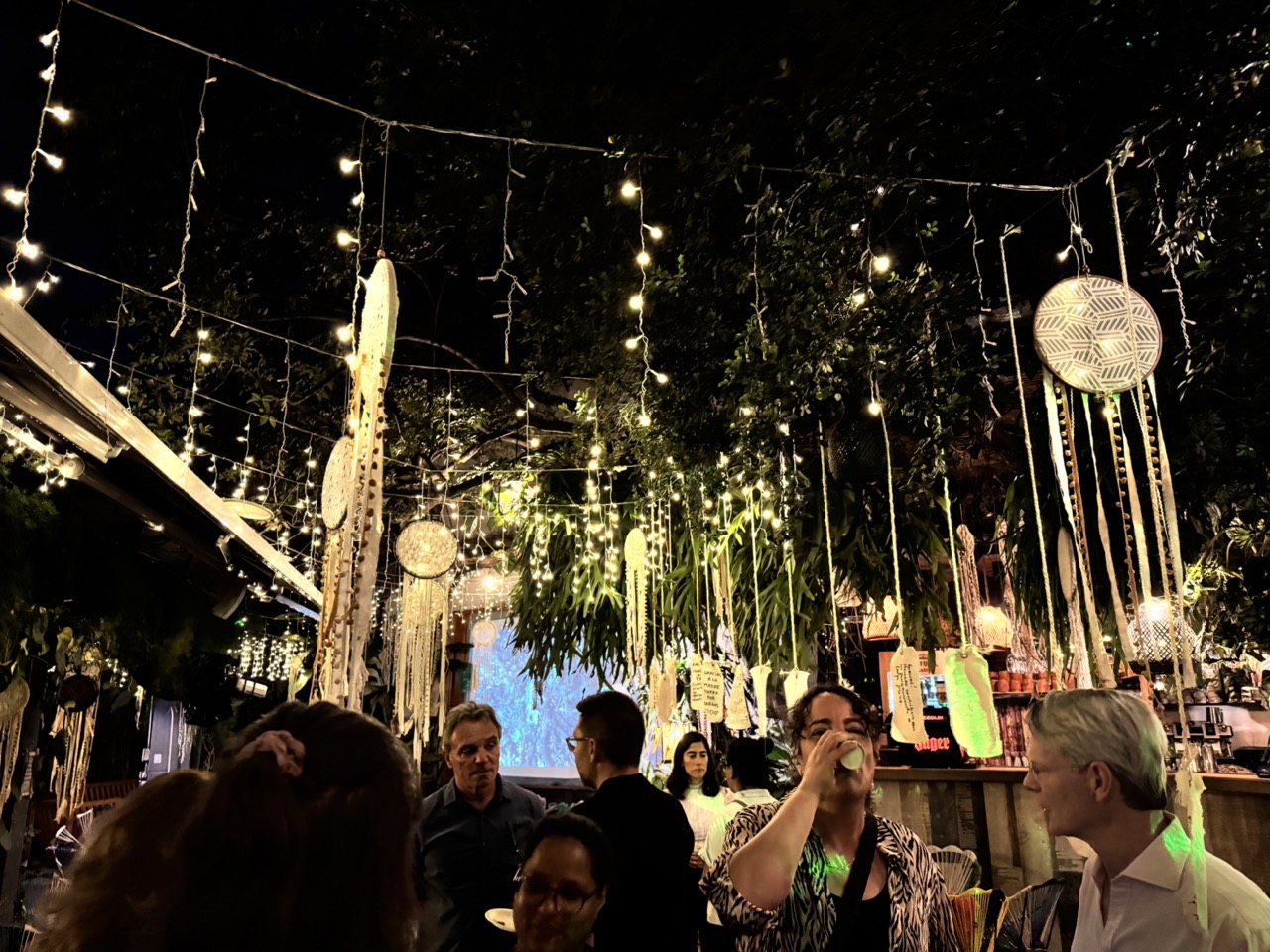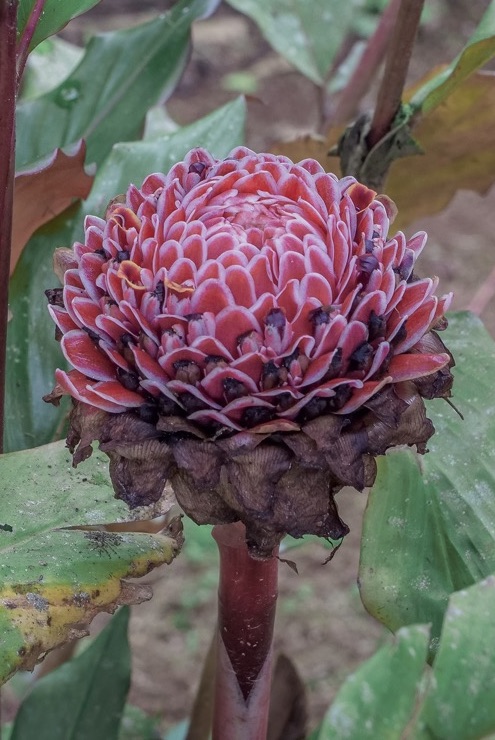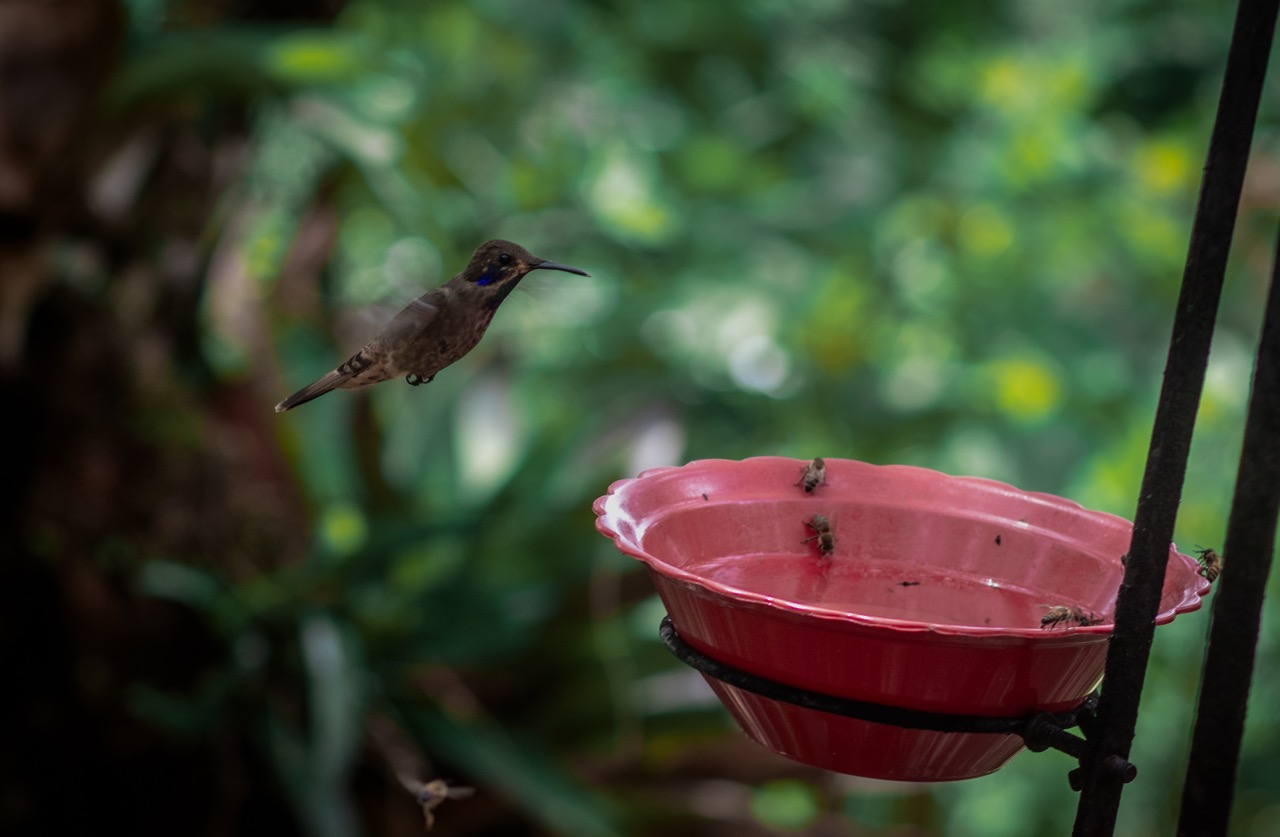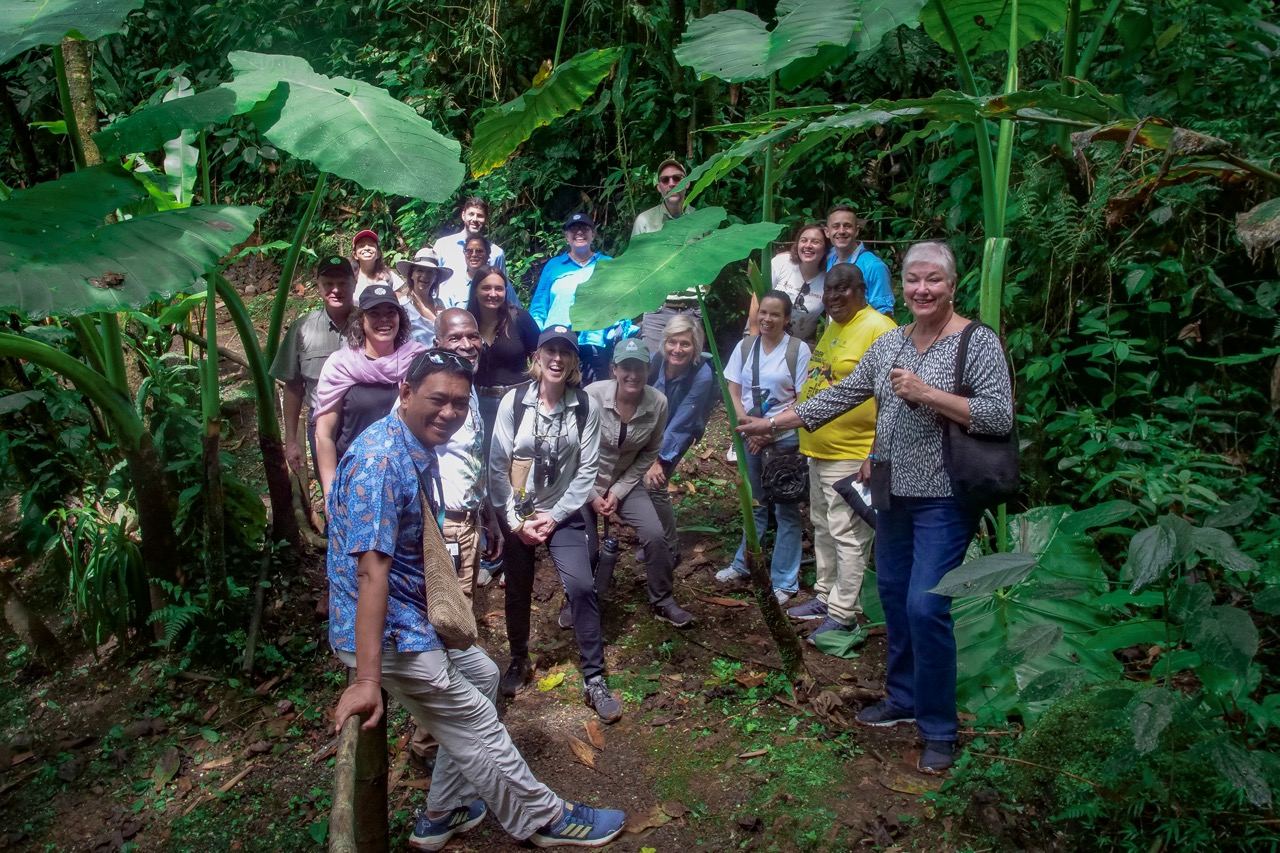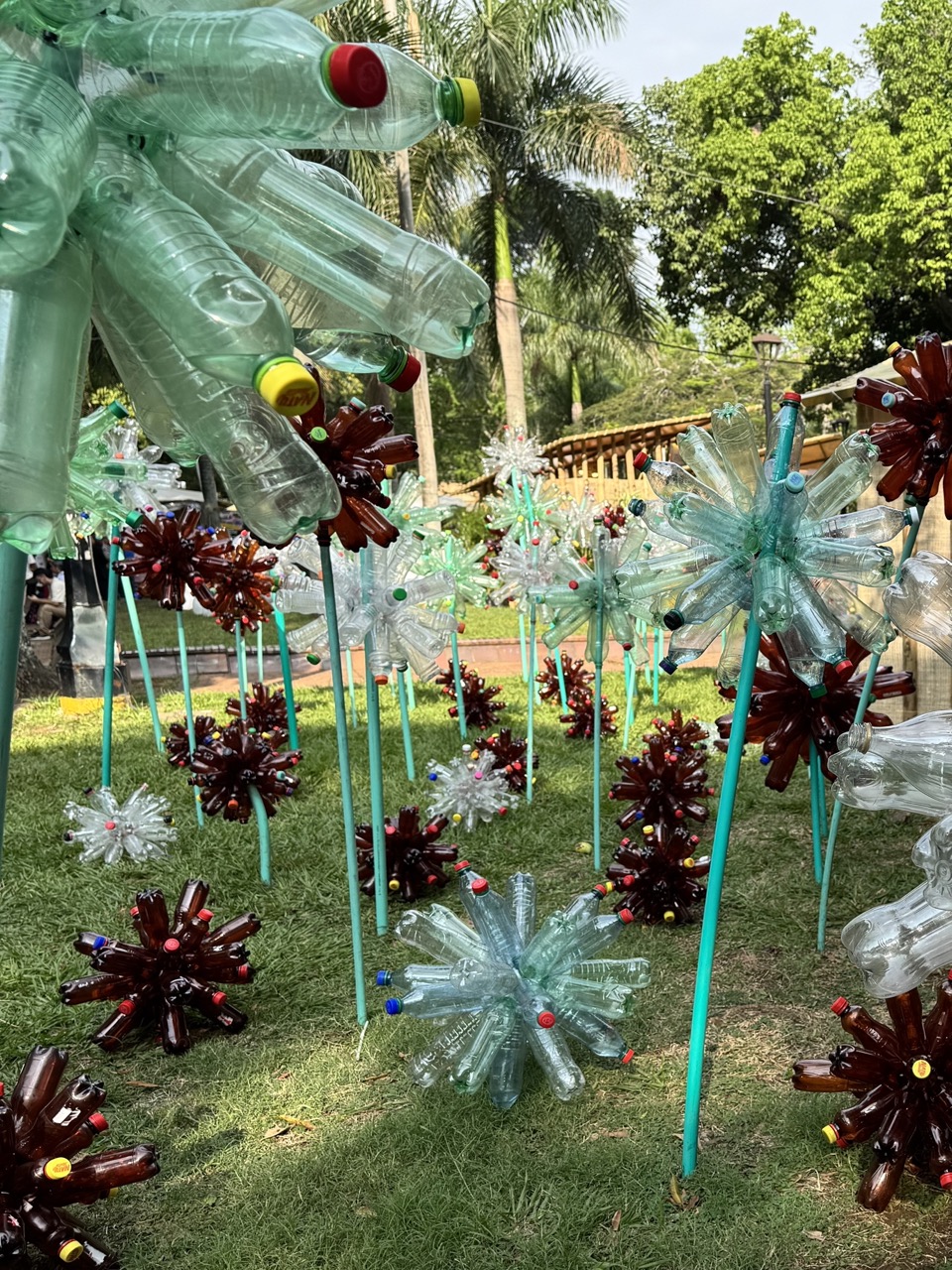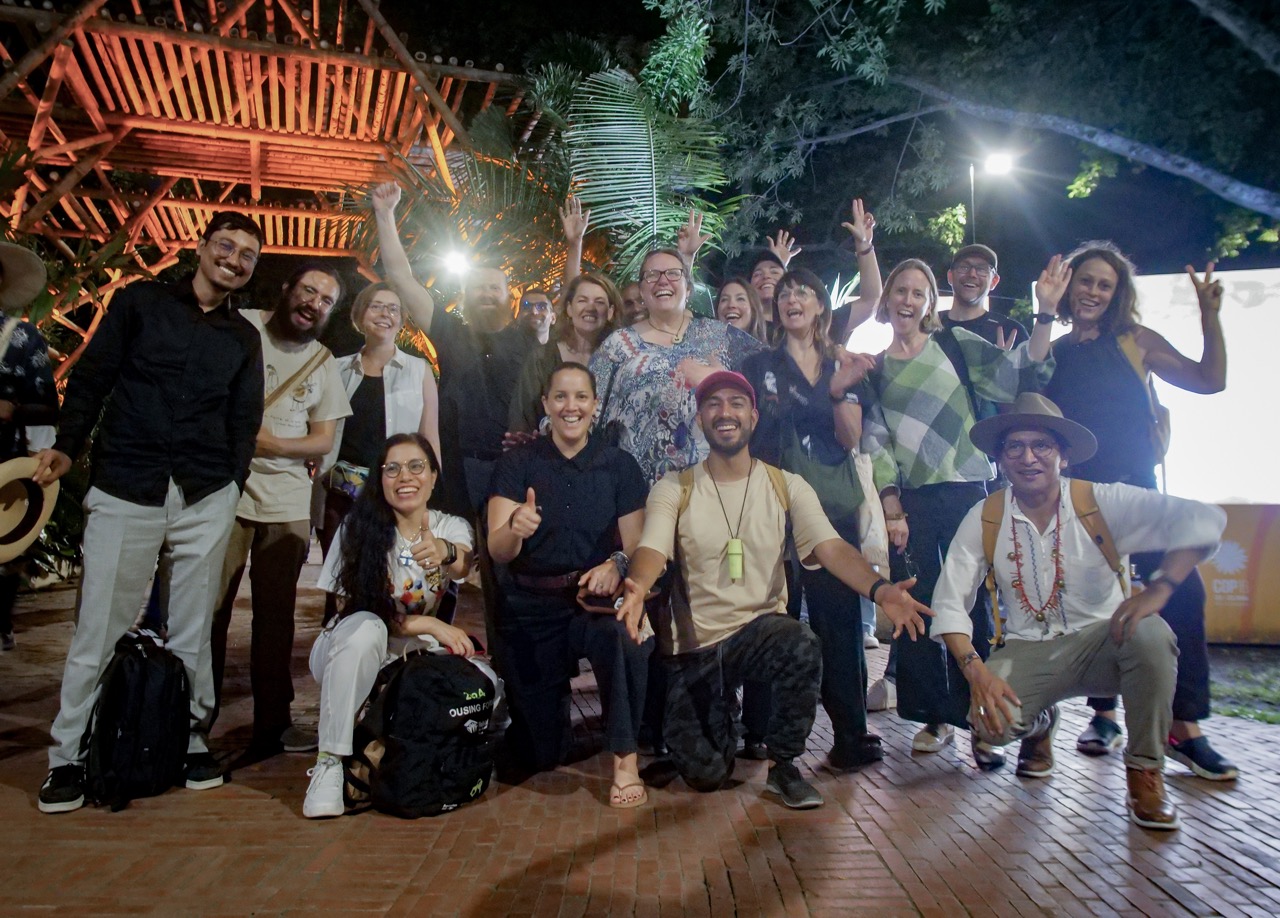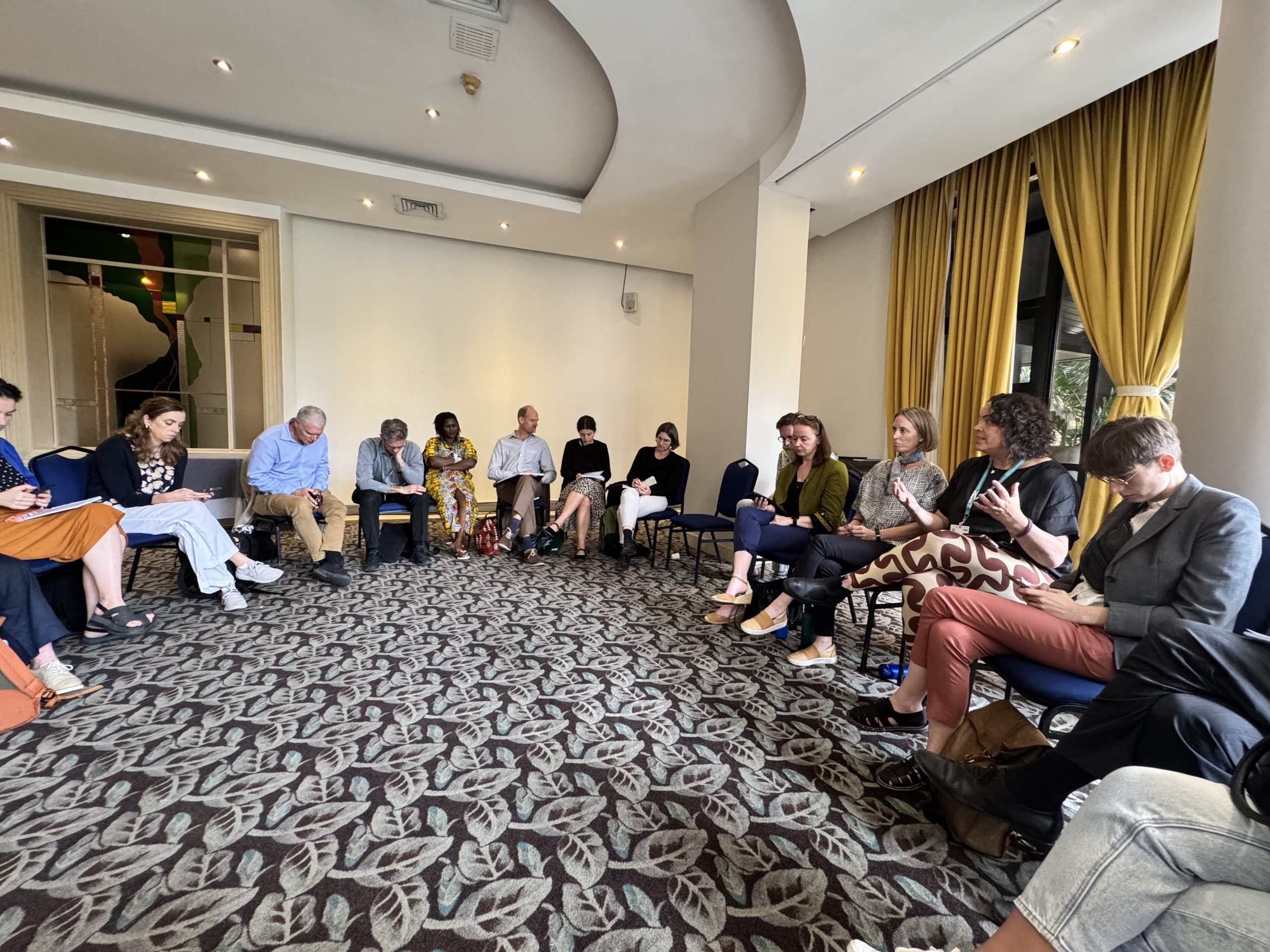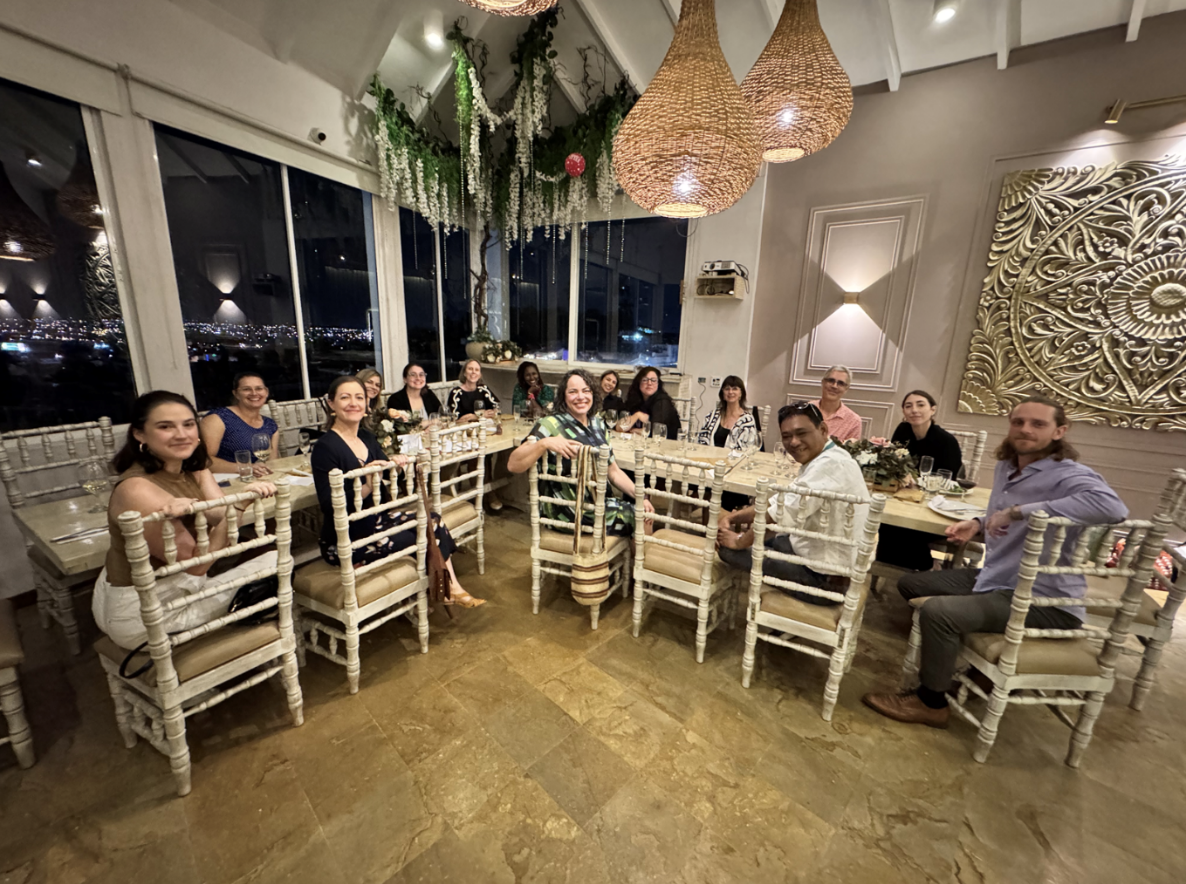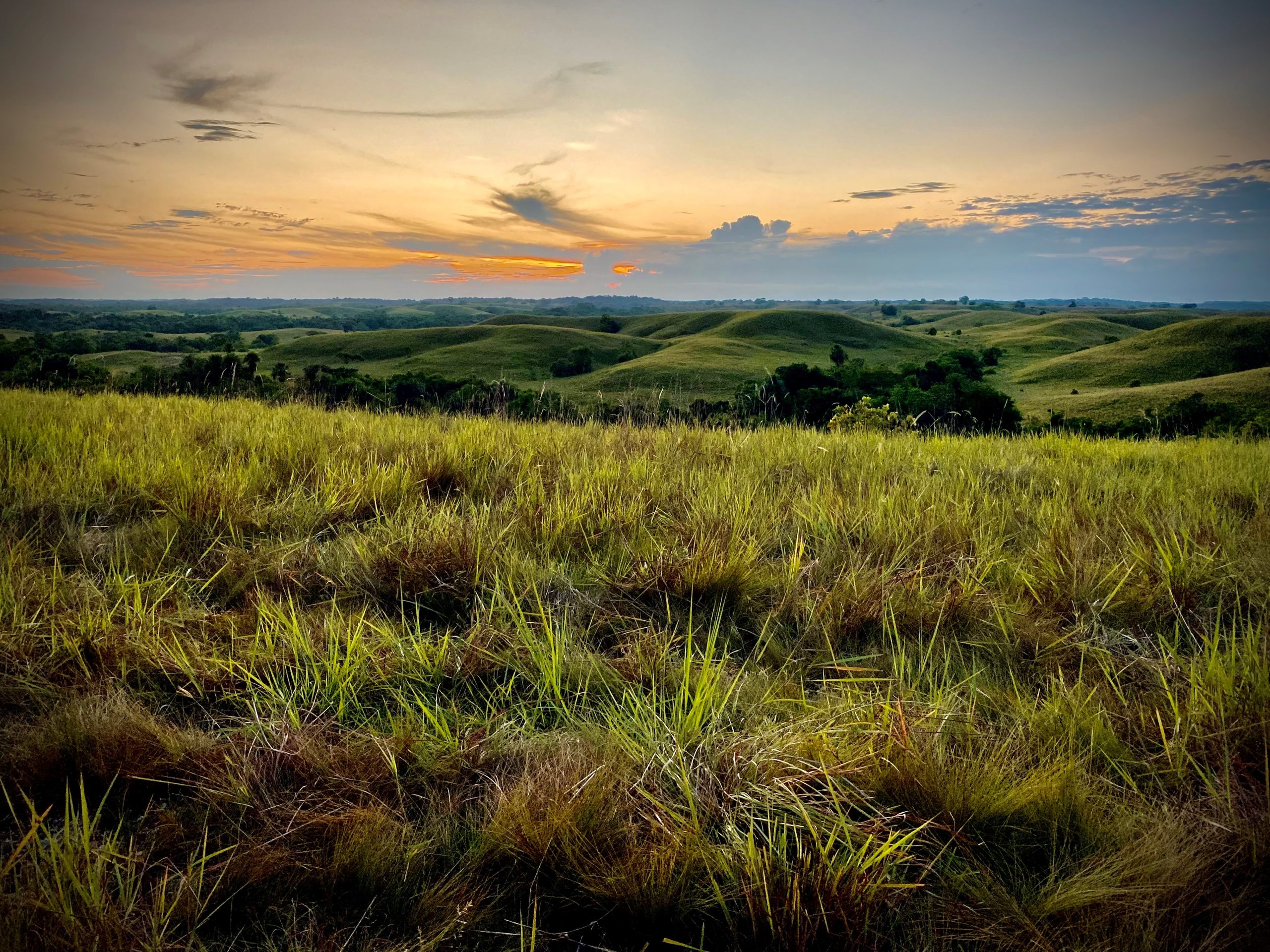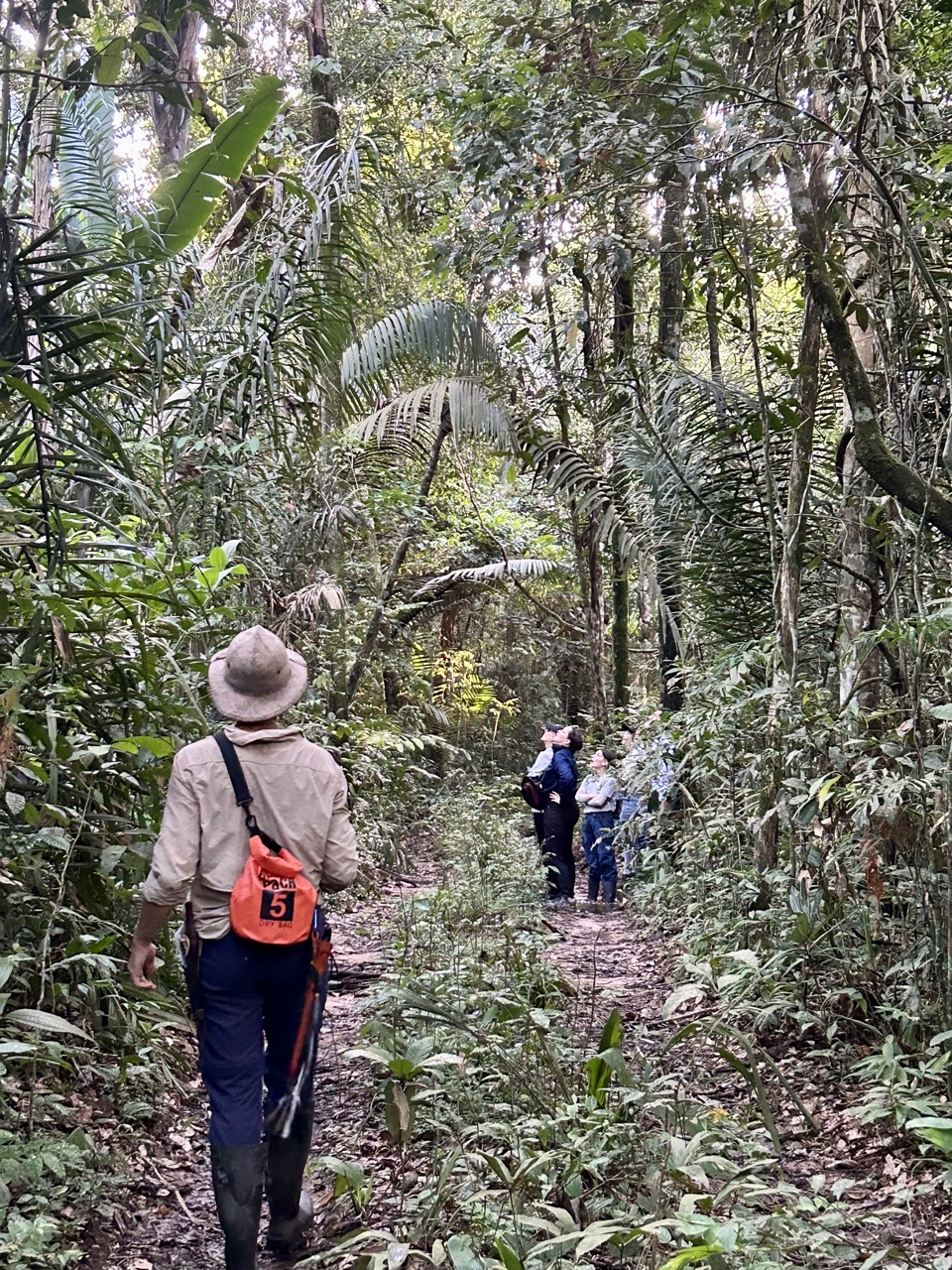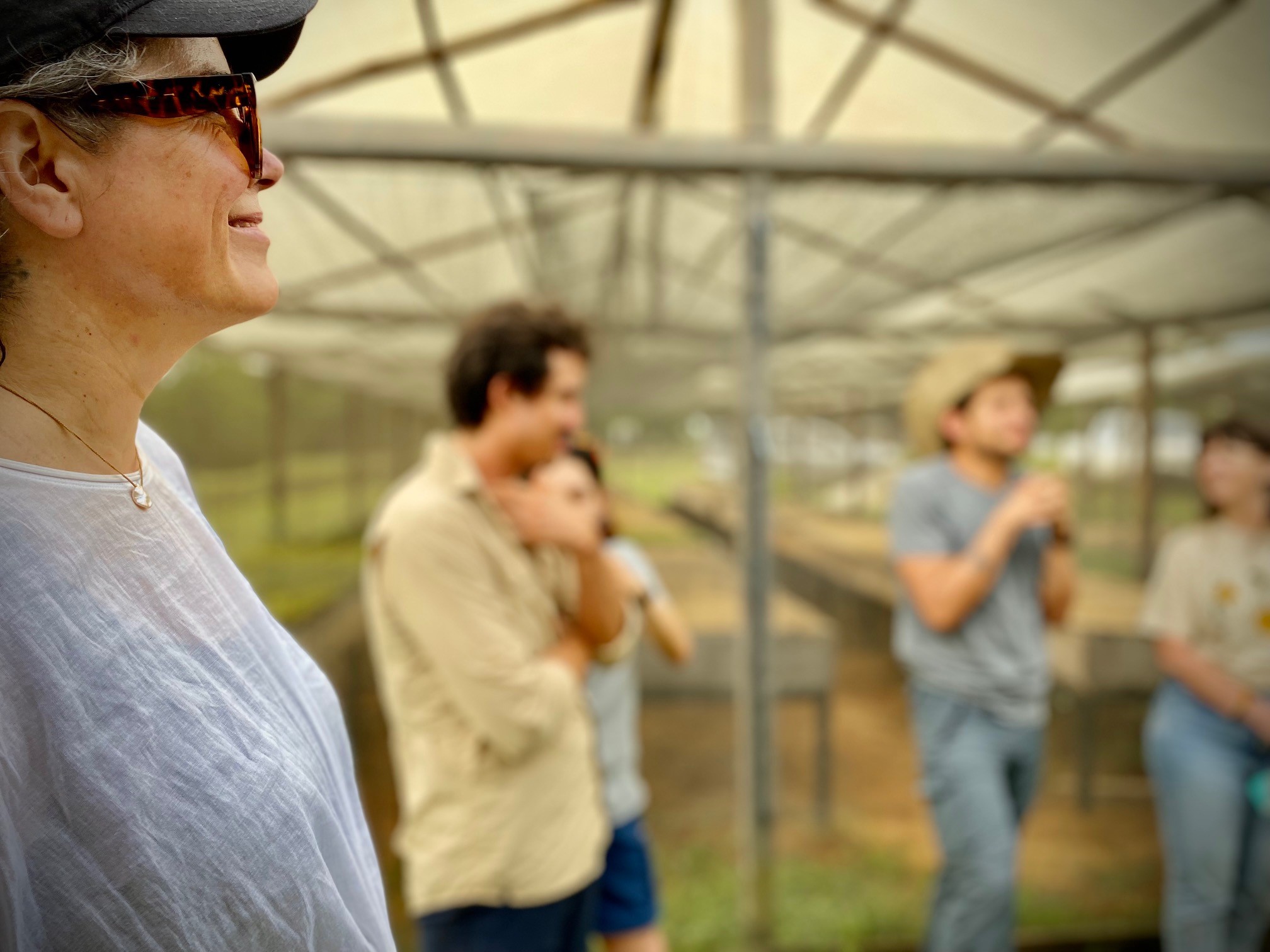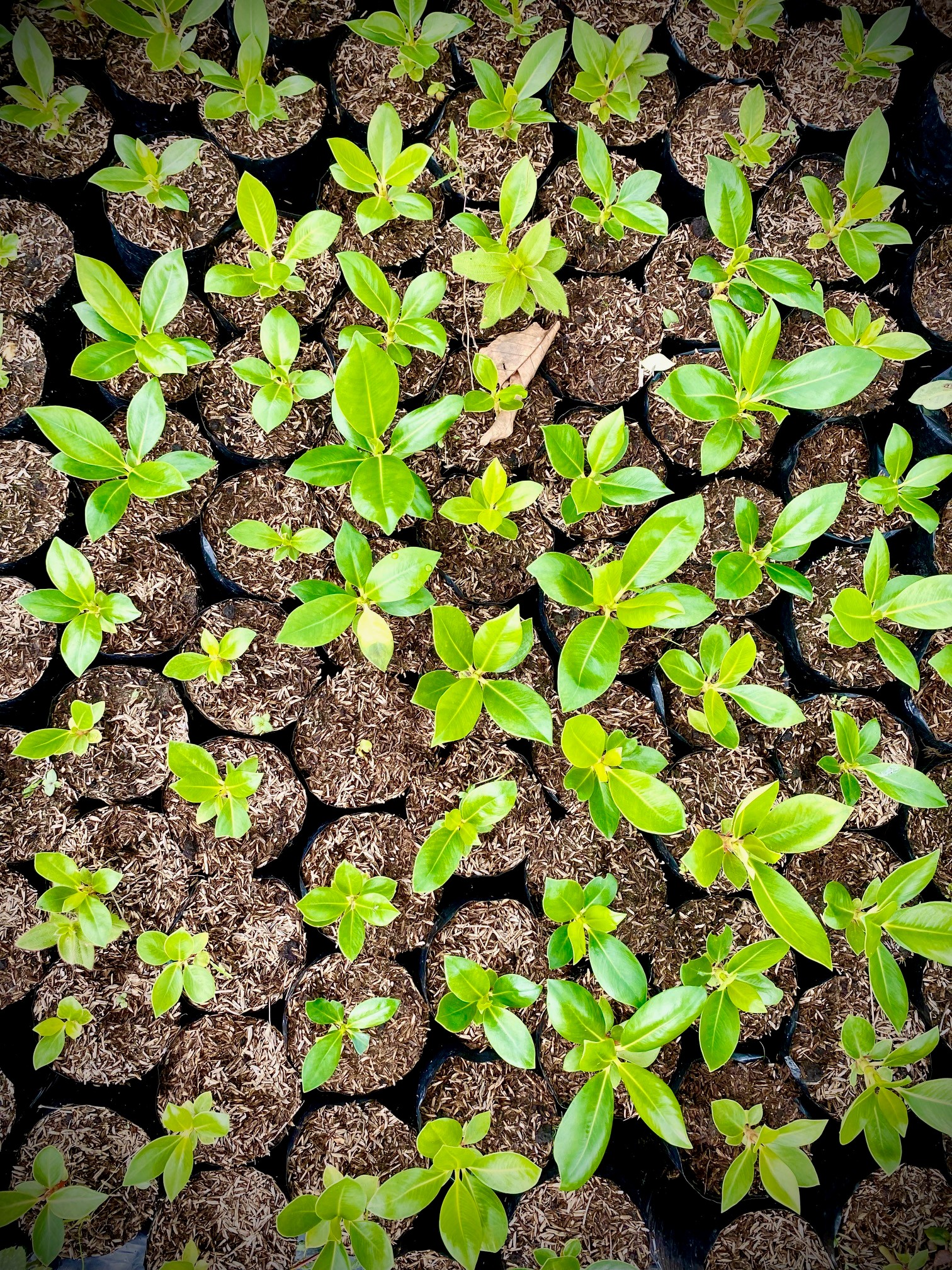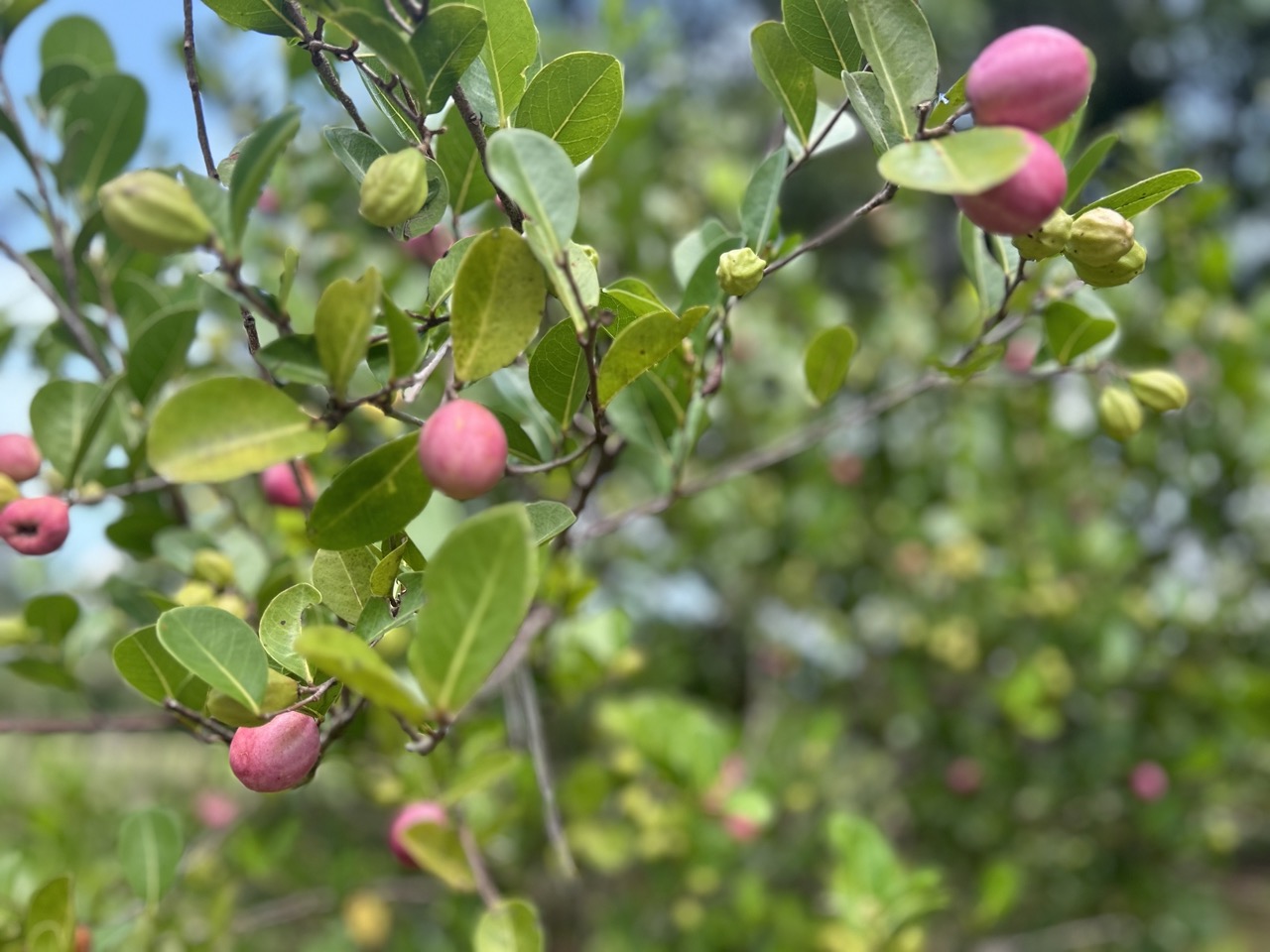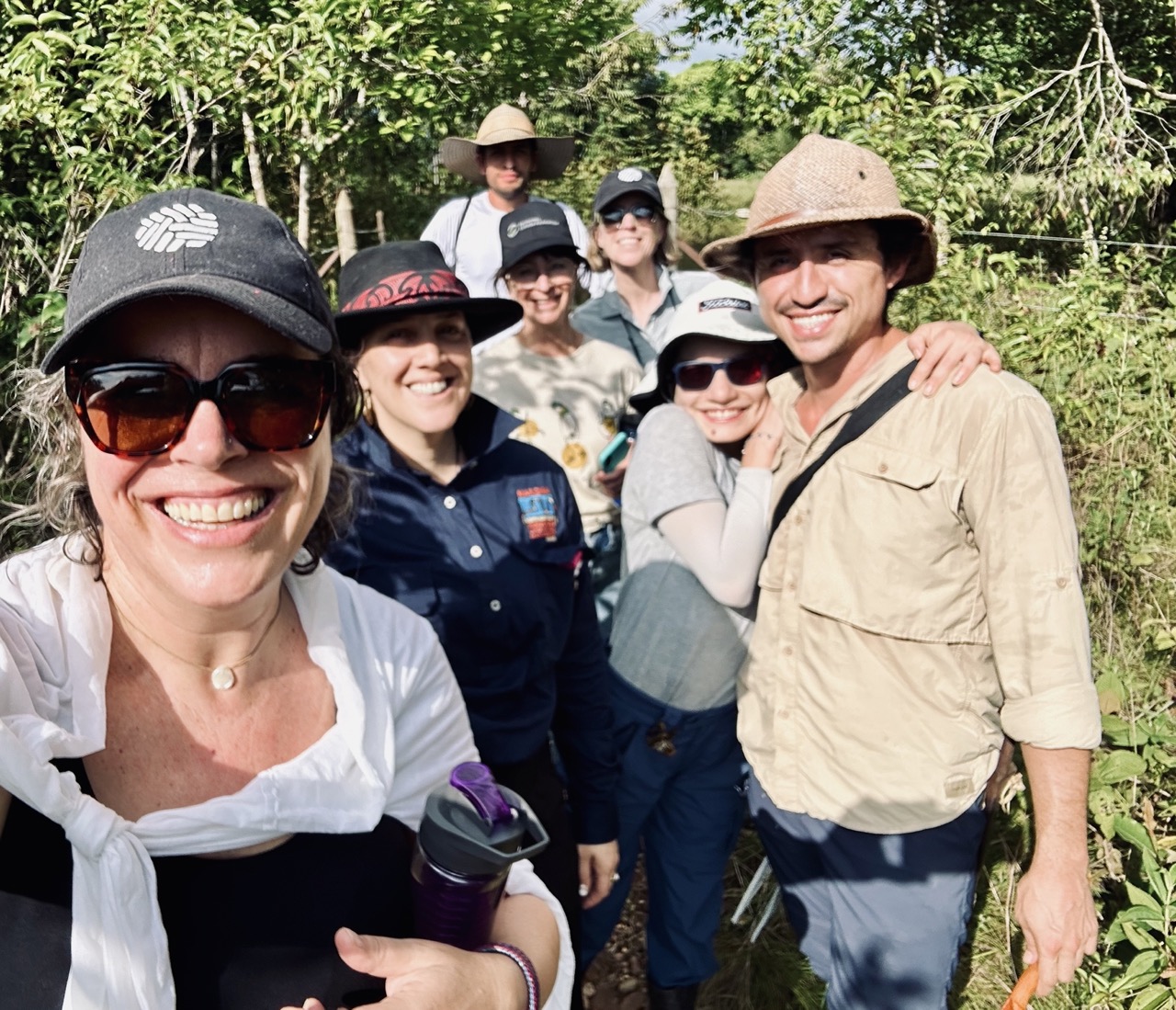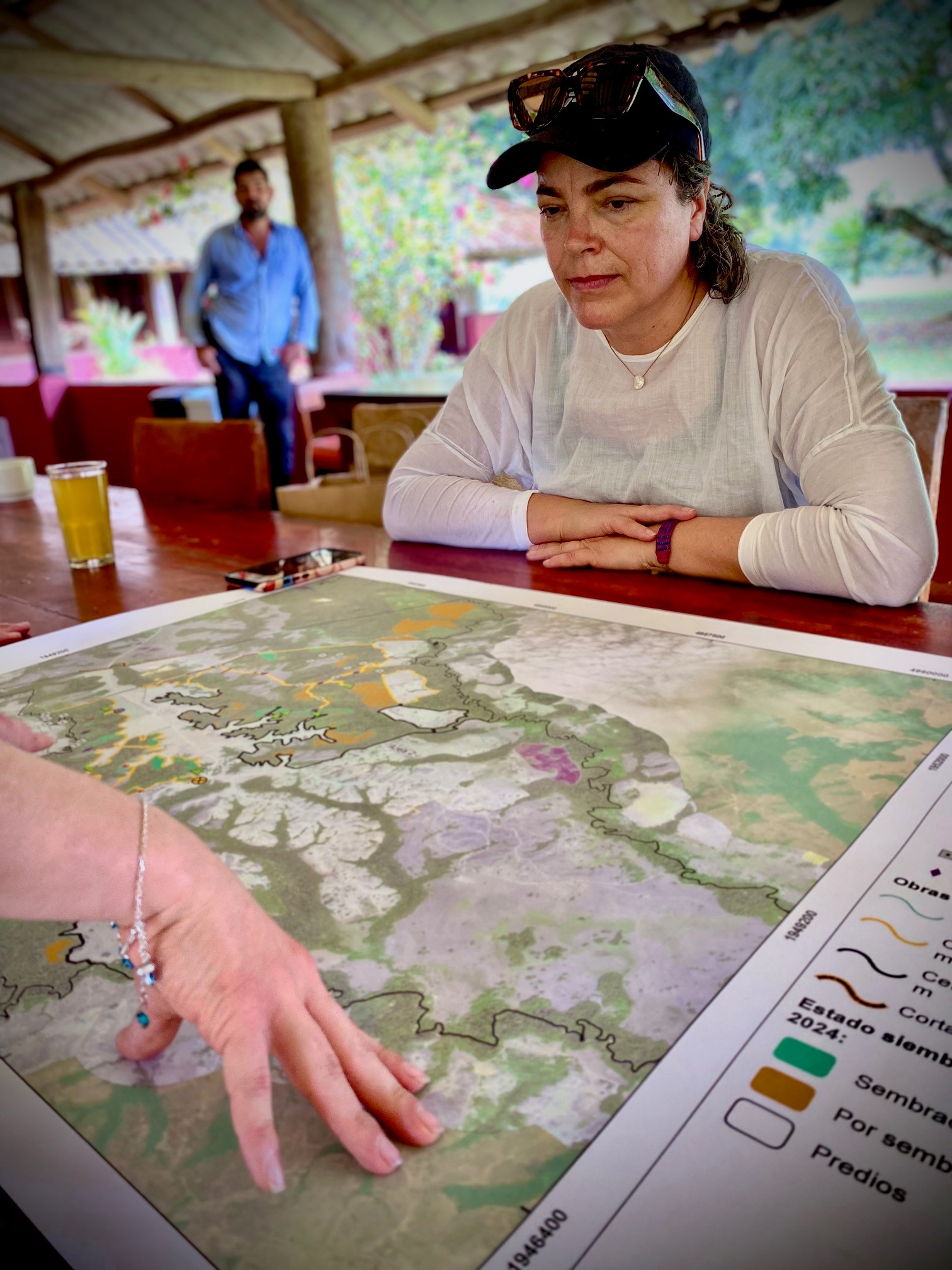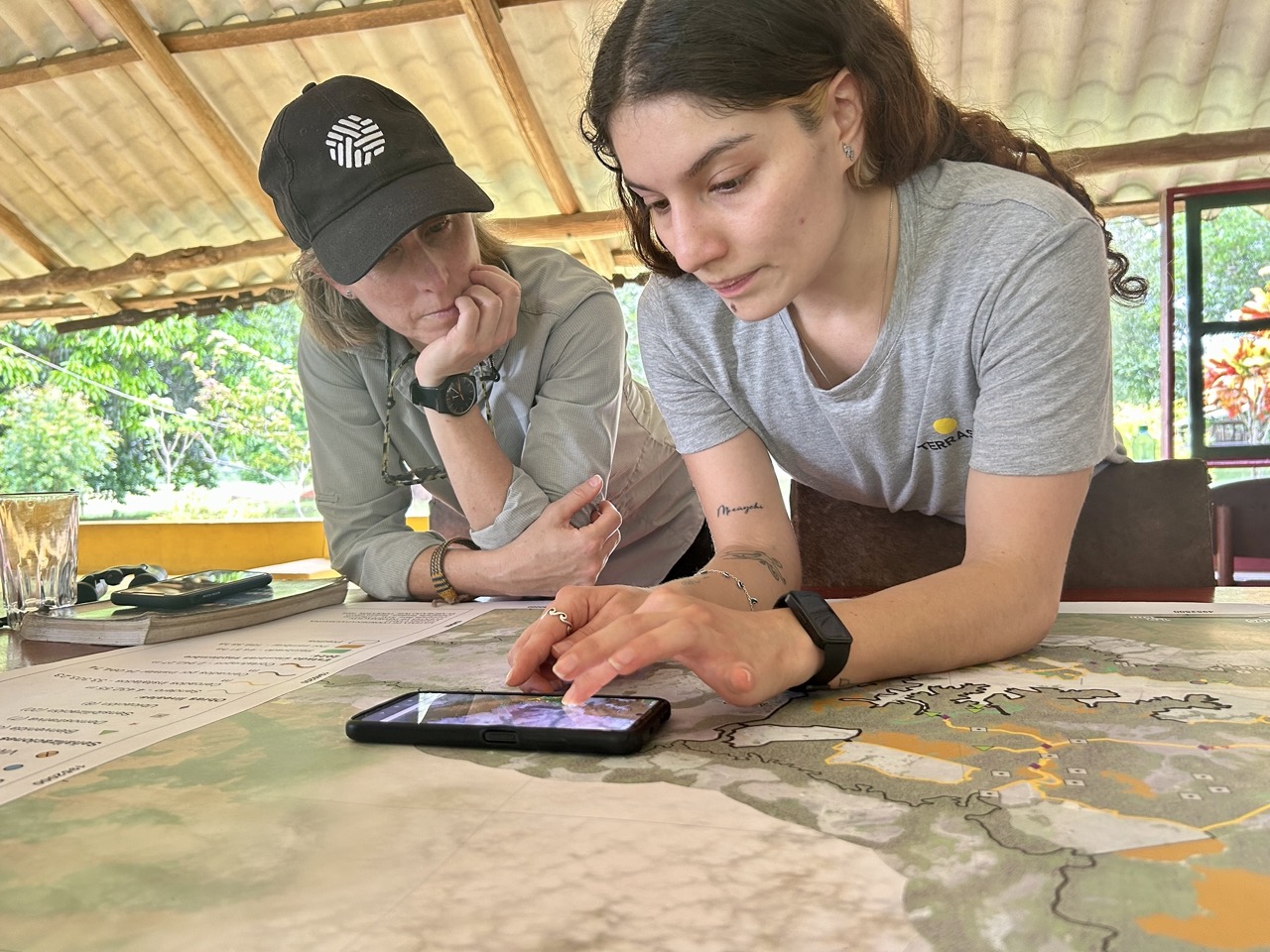Building Sustainable Finance Connections for Indigenous and Community Projects
How do we flow more finance to IP&LCs to halt and reverse nature loss? How do we mobilise more forms of capital, including philanthropic, debt and equity investments, government incentives and markets?
Our speakers at the Finance and Biodiversity Pavilion event, co-organised with the UN Finance Initiative, provided their views on these and other questions.
Below are some key insights from the sessions Pollination Foundation organised:
“You are investing capital, we are investing our livelihoods.” – Ňkwi Flores (Kinray Hub)
“We need a dialogue where both Indigenous and non-Indigenous spaces work together as equals” – Emil Sirén Gualinga
“I think we should be angry… there are billions of dollars for biodiversity but still there is no money coming to Indigenous communities.” – Bustar Maitar (EcoNusa Foundation)
“We don’t blink an eye when we go to a restaurant and pay a 10% tip, but we have endless conversations about allocating just 1% [of global capital] to save the planet.” – Hari Balasubramanian (EcoAdvisors)
“Partnerships need nurturing, just like any relationship. While the urgency of the biodiversity crisis demands quick action, we must also make time to build long-lasting partnerships that travel at the speed of trust.” – Jane Hutchinson (Pollination Foundation)
“Philanthropic finance plays an important role in de-risking possibilities for nature finance, but the key is ensuring that capital reaches those who can promote real change” – Anna Christina Azevedo Nascimento (Porticus)
“We need to make sure that the funds flow to the right people – those who hold biodiversity in their everyday lives.” – Nkamunu Patita (EarthAcre)
“Indigenous people are ready and waiting – we just need funders to be brave enough to meet us there.” – Erica McCreedy (NAILSMA)
“Private capital is often very prescriptive… But that’s not the way forward for nature.” – Anabella Maria Rodriguez (CAM)
“We have to think long-term… It’s about building a future, not just quick fixes.” – Jose Gualinga
Read more insights from these events here.
Learn more in the video below:
